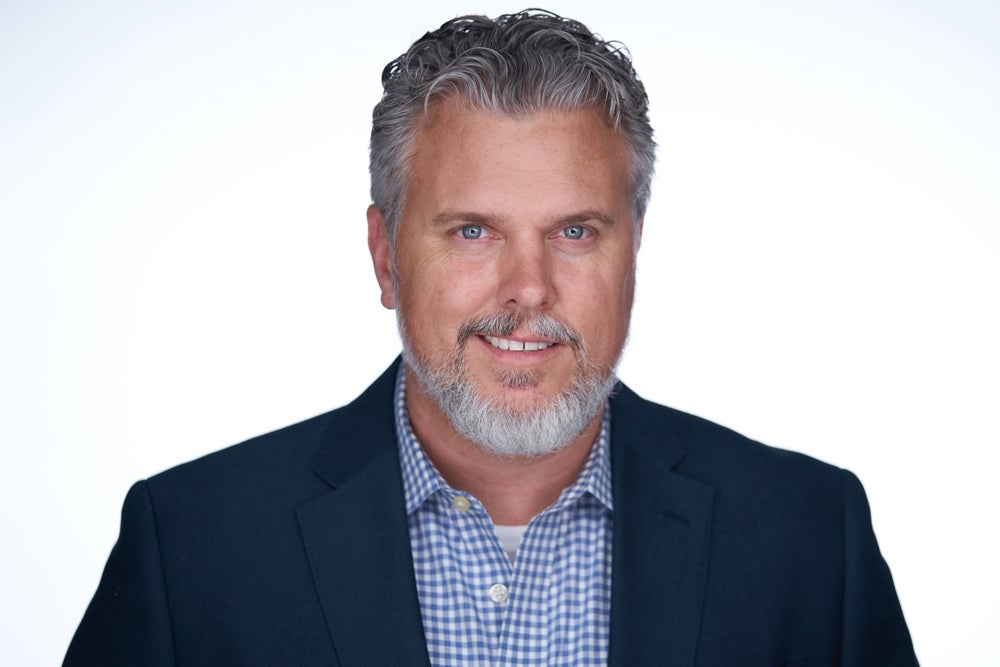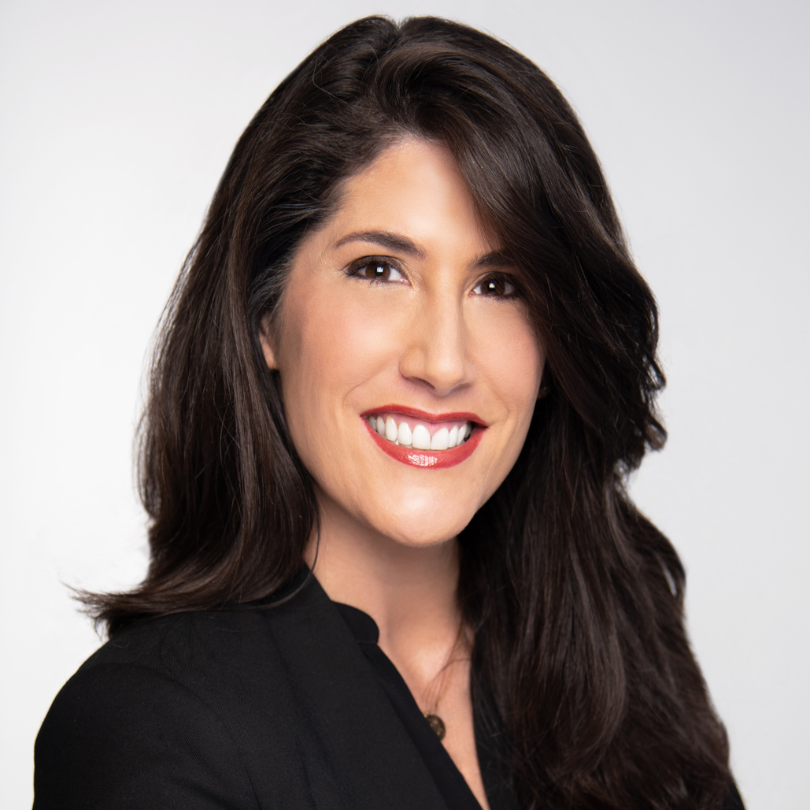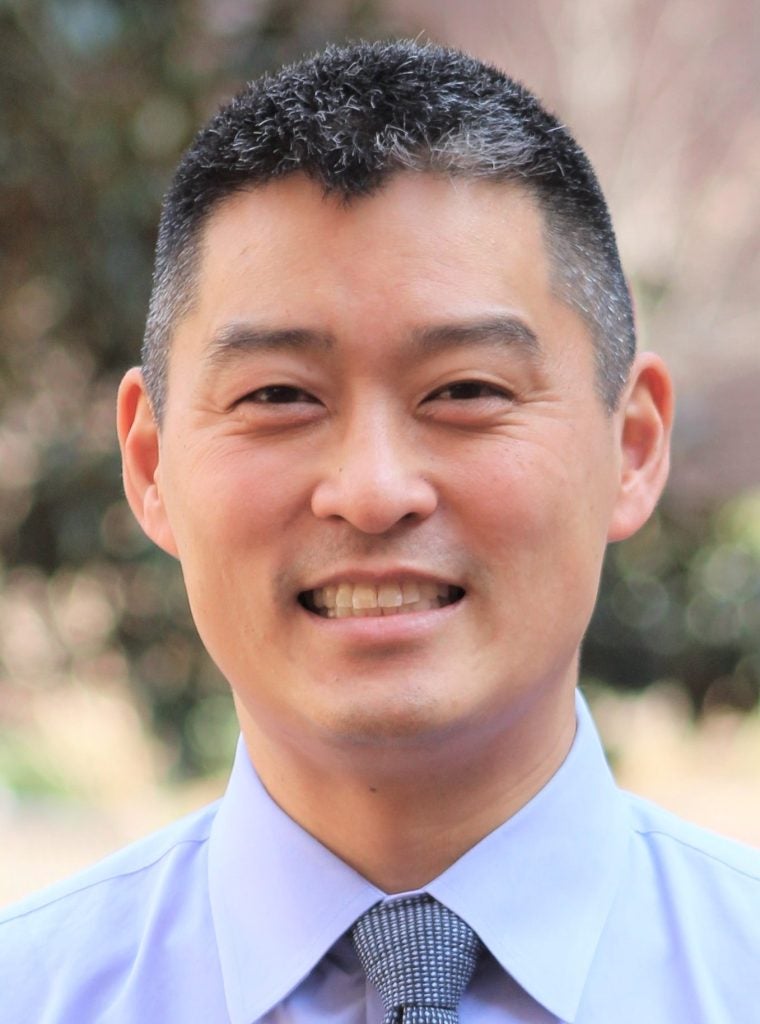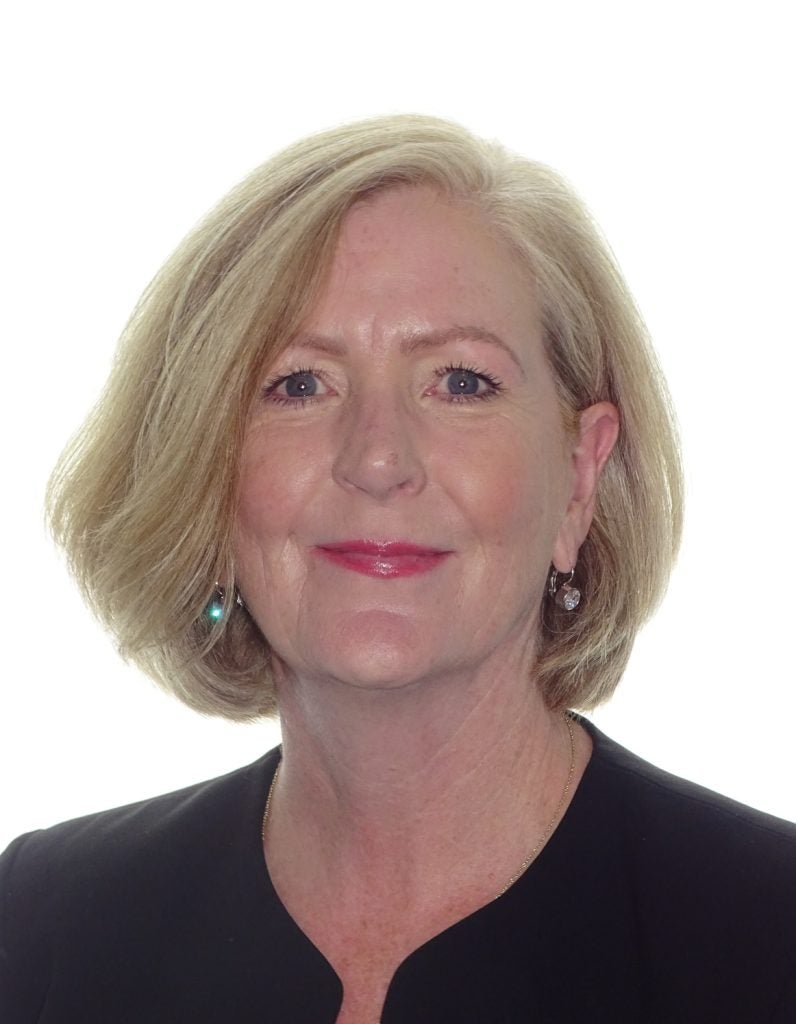
The paperwork for a clinical trial can be a tremendous volume, requiring extended years of storage and accessibility. Researchers are talking about how it was common for sites to have rooms designated just for paperwork. Now, technology has come to give a lending hand but it brings its own problems. Investigator Site Files (ISFs) are conventional for everyone involved in clinical trials, but how can they be easily managed?
Electronic investigator site files (eISFs) are becoming more common, even at smaller clinical trial sites due to the ease they provide principal investigators (PIs) and site staff. Although eISFs have reduced the physical burden of paperwork, they still have drawbacks that developers are trying to improve.
eISFs have removed staff burden
One improvement that eISFs have provided to sites is a reduction in paperwork, freeing up PIs and site staff to work with patients rather than burying their heads in paperwork. Rick Greenfield, president and founder of RealTime Software Solutions, invested in an eISF system after spending several years working in clinical research.
“We used to have walls, walls and walls of three-ring regulatory binders in our facility because we were running 100 trials or more at a time,” Greenfield recalls. “Converting that to an electronic process has some big-time advantages.”

Dr Edwin Kim, a division chief at the University of North Carolina Paediatric Allergy and Immunology, explains how some trials are completely electronic while others still require some paper sifting. “[Trials with more paper] add enough work that we’re often having to bring in additional staff to handle it so it’s quite frustrating,” Kim explains.
Kim adds that not only do higher amounts of paperwork make the initiation of studies more time consuming, but because his site works predominantly in paediatric studies, paperwork has to be kept for longer post study. “We run out of space to hold the hundreds of pages for each individual subject,” Kim adds. “We’ve had to find storage places but that’s oftentimes at our own cost.”
How well do you really know your competitors?
Access the most comprehensive Company Profiles on the market, powered by GlobalData. Save hours of research. Gain competitive edge.

Thank you!
Your download email will arrive shortly
Not ready to buy yet? Download a free sample
We are confident about the unique quality of our Company Profiles. However, we want you to make the most beneficial decision for your business, so we offer a free sample that you can download by submitting the below form
By GlobalDataAnother improvement of electronic software is that it alleviates the need for staff to travel to doctors surgeries and sit in a waiting room during consultancy to get wet signatures; this can instead be handled as an electronic signature. Before eISF software, site staff would have to sit in a doctor’s waiting room to collect signatures whereas with eISFs, clinicians can use e-signatures, reducing the burden on site staff.
Greenfield adds: “The time and efficiency improvements that we’ve been able to bring through eISFs has been a huge benefit to the customers.”
Lots of different tech
One current concern is the varying amount of technology they have to deal with due to sponsors and contract research organisations (CROs) using different companies for the electronic trial master files (eTMFs). As a result, sites may need to use a different eISF to send data. Companies are trying to avoid this bottleneck by introducing collaboration between different eISFs and eTMFs.
Reminiscing on her time working in clinical trials, Catherine Gregor, chief clinical trial officer at Florence Healthcare producer of an eISF system, says that she would have to navigate multiple tablets when working on different studies.
“I would have one tablet for one study, but then I have 13 studies,” Gregor explains. “Now I have 13 tablets and I have to make sure I have the right tablet for the right study.”

Kim adds that this requires staff to be trained, again taking away time they could be completing more higher-value tasks. “We have probably five to six sponsor clinical trials and one or two NIH running at any given time,” Kim says. “We are logging into different systems and using different tablets that are unique to each particular study. It’s a lot of learning the systems.”
Karen McIntyre, vice president or Global Site Alliances, Launch Excellence for CRO Parexel, agrees saying that sites are having to contend with multiple systems which means site staff have more work to do which in turn reduces patient interaction time. “eISFs have created technical congestion which has its own consequences. Sites have to spend more time training,” McIntyre explains. “The site staff say that they do not find the training helps them perform the study better but that it means that they can now access the system. They find some of the trainings to be really redundant which makes staff feel undervalued.”
eISFs also help monitors
One concern raised by Kim about paper records was the time needed for monitoring, however eISFs enhance remote monitoring. Kim says: “Paper means there is much more the monitors have to go through and it means that coordinators have to give up more time to work with the monitor.”
Gregor says that eISFs will resolve this making it easier for everyone involved. “Monitors are able to visit more sites because they’re able to do a lot of work at home,” Gregor explains. “If they do have to go on site, it’s rare and they don’t have to spend as much time with the actual paper. They’re focusing on drug accountability, patient questions, investigator interactions.”
However, Dr Patrick Biggar, deputy nephrology medical director at Klinikum Coburg in Germany says that although the technology is not there yet he hopes AI could help. “If you’ve got a monitor who is working from nine until five, yes, it will cover 95% of your questions but the problem is, you’ve got 5% of problems where they won’t be there but you can’t move on in the document as you need to answer a question,” Biggar says. “Artificial intelligence may improve things in the future.”
Technology does have its restrictions
One issue that Biggar has with electronic systems is that after several months of inputting information, when a monitor comes to ask questions, it is difficult to remember without being able to flick between physical pages in a folder. “If you’ve got it in paper form, at least you can see what’s happened over the months and you can understand the logic behind it,” Biggar explains. “If it’s just purely online, that can really be a pain in the neck because if the monitor has a problem, you have to rely completely on the monitor to select how to answer the questions correctly.”
Biggar adds that having multiple systems means that you have to remember multiple passwords which have to be reset making it difficult even to log in to the systems. “Some systems are demanding new password every four weeks,” Biggar adds. “Coming up with something new every four weeks is a pain in the neck.”

Kim explains that sometimes even when collaborating with the same sponsor or CRO, some trials can come through with just eISF documents while others can be a mix, making it impossible for staff to predict what the documents will be like as well as taking a long time.
“When we’re working with the same company, it is a little frustrating that we feel like we always have to go back to square one and start over,” Kim explains. “Startup is probably the most frustrating part, everyone agrees that we’re qualified and should do the study on both sides but then it still takes four or five months to get off the ground.”
McIntyre says that she understands the site’s frustrations but that some of the decisions come from sponsors rather than CROs. “[Parexel] does push back to sponsors to say that the sites are already working on those studies and this is the e-consent but it’s a little bit more complex than that,” McIntyre explains. “Sites say to me all the time why can’t you just send me the same system? But that means 100 sites are asking me to send a different same system.”
eISFs are not perfect but they are continuing to improve
Although eISFs are not perfect, it definitely seems like technology has made it easier overall for sites, sponsors and CROs. One big movement that appears to be on the horizon is improved collaboration to allow eISFs work with eTMFs indiscriminately. There are however difficulties in making this possible, which Gregor explains: “It only works if the competitors are willing to come to the table and partner with us. I think the industry as a whole is starting to move towards that, because sites and sponsors are both advocating for it.”
While Greenfield adds: “To have documents from any eISF share up to the eTMF would be a huge advancement for our industry, but we’re just not there yet. It is certainly something I am working to try to find solutions for to build a vendor-agnostic connection.”

Kim would also be in support of collaboration so sites only need a single system. “We’ve sort of understood that this is our job. If we have to train on a bunch of different systems, we understand that,” Kim says. “But if we could do a single, we would love it.”
“I think we have to find a solution for integration,” McIntyre agrees. “I’m not sure that everybody can sit at the table because that would be dreamworld, but I do think that we have to begin with where sites have already invested in their own equipment. It’s 2023, it should not be this difficult.”
Advancements like this would make it even easier for PIs to keep control over these documents and not have the burden of self-learning and training staff on different systems. Hopefully, a change like this is on the horizon since it is something both sites and sponsors are calling for.







